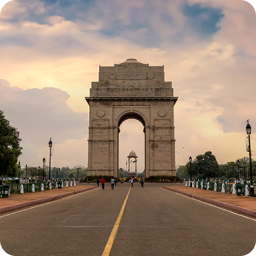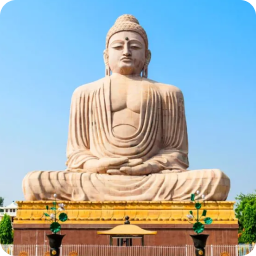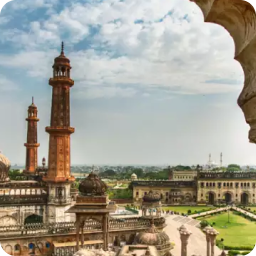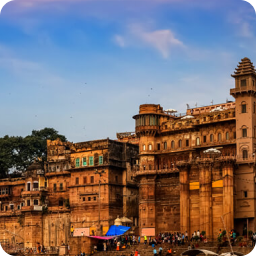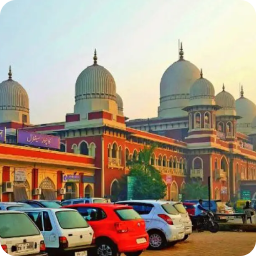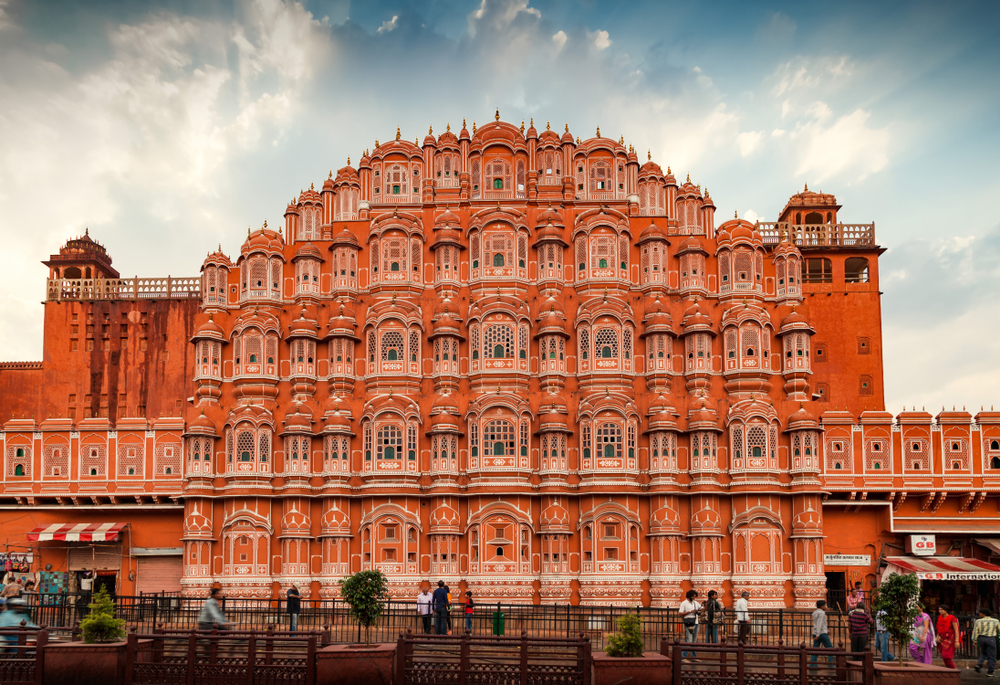Central Vigilance Commission (CVC): Pillar of Anti-Corruption in Indian Governance |
Central Vigilance Commission (CVC): Safeguarding Integrity in Indian Governance
To prepare for INDIAN POLITY for any competitive exam, aspirants have to know about the Central Vigilance Commission (CVC). It gives an idea of all the important topics for the IAS Exam and the polity syllabus (GS-II.). Important Central Vigilance Commission (CVC) terms are important from the polity and governance perspectives in the UPSC exam. IAS aspirants should thoroughly understand their meaning and application, as questions can be asked from this static portion of the IAS Syllabus in both the UPSC Prelims and the UPSC Mains exams.
In this article, you can read about the Basics, Background, Objectives, Composition, Tenure, Functions, etc. of the CVC for the UPSC.
Role and Evolution of the Central Vigilance Commission (CVC)
- The CVC is conceived to be the apex vigilance institution, free of control from any executive authority, monitoring all vigilance activity under the Central Government and advising various authorities in Central Government organizations in planning, executing, reviewing and reforming their vigilance work.
- Principle agency for preventing corruption in the Central government.
- CVC comes under the ambit of the Ministry of personnel.
- Establishment was recommended by the Santhanam Committee on Prevention of Corruption (1962–64).
- Established in 1964 by an executive resolution of the Central government.
- Originally the CVC was neither a constitutional body nor a statutory body.
- In September 2003, the Parliament enacted the Central Vigilance Commission Act, 2003 conferring statutory status on the CVC.
- In 2004, the Government of India authorised the CVC as the “Designated Agency” to receive written complaints for disclosure on any allegation of corruption or misuse of office and recommend appropriate action.
Central Vigilance Commission Composition: Balancing Vigilance Leadership for Anti-Corruption Measures
- A multi-member body consisting of a Central Vigilance Commissioner (chairperson) and not more than two vigilance commissioners
- Appointed by the President by warrant under his hand and seal on the recommendation of a three-member committee consisting of the
- Prime Minister as its head,
- Tthe Union minister of home affairs
- The Leader of the Opposition in the Lok Sabha.
Central Vigilance Commission Tenure
- Hold office for a term of 4 years or until they attain the age of 65 years, whichever is earlier.
- Not eligible for reappointment.
- The salary, allowances and other service conditions of the Chief Vigilance Commissioner are similar to those of the Chairman of UPSC and that of the Vigilance Commissioner are similar to those of the Chairman of UPSC.
- However, they cannot be varied to his disadvantage during service.
Central Vigilance Commission Removal Procedures
- The President can remove the Central Vigilance Commissioner or any vigilance commissioner from the office under the following circumstances:
- If the member is adjudged as an insolvent
- If the Central government holds him responsible for an offence involving moral turpitude/ or he is convicted for such an offence
- If he becomes a part of office of profit
- If he is declared unfit by reason of infirmity of mind or body, by the PRESIDENT OF INDIA.
- The President can also remove the Central Vigilance Commissioner or any vigilance commissioner on the ground of proven misbehavior or incapacity.
- In such cases, the President has to refer the matter to the SUPREME COURT for an enquiry.
- After the enquiry, if the Supreme Court upholds the cause of removal and advises so, then the President can remove him.
Central Vigilance Commission’s Role in Combating Corruption
- Inquire or cause an inquiry or investigation to be conducted on a reference made by the Central government for an offence under the Prevention of Corruption Act (PoCA) 1988.
- Inquire or cause an inquiry or investigation to be conducted into any complaint against any officials for an alleged offence committed under the PoCA, 1988:
- Members of all-India services serving in the Union and Group ‘A’ officers of the Central government; and
- Specified level of officers of the authorities of the Central government.
- Exercise superintendence over the functioning of Delhi Special Police Establishment (which is a part of CBI) and over the vigilance administration in the ministries of the Central government or its authorities.
- Give directions to the Delhi Special Police Establishment for the purpose of discharging the responsibility entrusted to it under the Delhi Special Police Establishment Act (DSPE) 1946.
- Review the progress of investigations conducted by the DSPE Act.
- Review the progress of applications pending with the competent authorities for sanction of prosecution under the PoCA, 1988.
- Tender advice to the Central government and its authorities on such matters as are referred to by them.
- To undertake or cause an inquiry into complaints received under the Public Interest Disclosure and Protection of Informers’ Resolution and recommend appropriate action.
- The Central Government is required to consult the CVC in making rules and regulations governing the vigilance and disciplinary matters relating to the members of Central Services and All-India Services.
- The Delhi Special Police Establishment is required to obtain the prior approval of the Central government before conducting any inquiry or investigation into an offence committed by officers of the rank of joint secretary and above in the Central government and its authorities.
Jurisdiction of the Central Vigilance Commission
| Union Government Officers/ Group A officers of All India Services |
| Public Sector Bank Officers of the rank of Scale V and above |
| RBI, NABARD and SIDBI officers in Grade D and above |
| PSUs officers in Group ‘A’ and Group ‘B’ and also its Chief Executives and Executives on board |
| General Insurance Companies’ officers in position of managers and above |
| Life Insurance Companies’ officers having designation of Senior Divisional Managers and above |
| Officers drawing a salary of 8700/- per month (pre-revised) and above on Central Government D.A. pattern, as may be revised from time to time, in societies and local authorities owned or controlled by the Central Government |
Functioning and Authority of the Central Vigilance Commission
- Conducts its proceedings at its headquarters (New Delhi).
- Vested with the power to regulate its own procedure.
- Endowed with the powers of a civil court and its proceedings have a judicial character.
- Call for information or a report from the central government or its authorities so as to enable it to exercise general supervision over the vigilance and anti-corruption work in them.
- On receipt of the report of the inquiry undertaken by any agency on a reference made by it, it advises the central government or its authorities as to the further course of action.
- The central government or its authorities shall consider the advice of the CVC and take appropriate action.
- Where the central government or any of its authorities does not agree with the advice of the CVC, it shall communicate the reasons (to be recorded in writing) to the CVC.
- CVC is the only statutory institution which presents its annual report to the President on its performance.
- The President places this report before each House of Parliament.
What were the Major Causes of Corruption according to the Santhanam Committee Report (1964) ?
- Administrative delays
- Taking upon itself more than what it could manage by way of regulatory functions
- Scope for personal discretion in the exercise of powers vested in different categories of government servants
- Cumbersome procedures in dealing with various matters which were of importance to citizens in their day-to-day affairs.
Corruption Risks: Potential Areas and the Role of Central Vigilance Commission
- Procurement is a vast area, ranging from procurement of store materials & services to execution of infrastructure projects.
- Sale of Goods & Services along with allocation of scarce and / or precious natural resources is an area of corruption.
- Human resource management is common to all organisations and the processes relating to recruitment, promotion, transfer and posting are prone to manipulation and corruption.
- Delivery of services to the public although not common to all Public Service Sectors.
- Enforcement of Acts, Rules and Regulations is also an area vulnerable to corruption mainly due to lack of awareness among citizens and ineffective grievance redressal mechanism.
Preventive Vigilance: Safeguarding Integrity through Proactive Measures
- Preventive vigilance works on the “principle of Catch them before they hatch”.
- It consists of certain practices which attempt to eliminate/reduce corruption in an organisation rather than treating it after the act has taken place.
- Thus, it follows the “aspect of Prevention” rather than curing the disease.
- Santhanam Committee Report (1964) observed – “Corruption cannot be eliminated or even significantly reduced unless preventive measures are planned and implemented in a sustained and effective manner. Preventive action must include administrative, legal, social, economic and educational measures”.
Role of Central Vigilance Commission in Preventive Vigilance Measures
- Helps in detecting corruption at a nascent stage.
- Upholds the spirit of a corrupt, free environment among the employees.
- Reduces pilferage of public money. Increases the efficiency of governance.
Central Vigilance Commission’s Vigilance Measures and Anti-Corruption Strategies
Integrity Pact in Government Procurement
- A written agreement between Government/Government Department/ Government Company, etc. and all the bidders agreeing to refrain themselves from bribery, collusion, etc.
- It is implemented by CVC and sanctions are applied for violation of the pact.
- It is monitored through CVC nominated IEM (Independent External Monitor).
Significance of Integrity Index in Public Institutions
- Through this, the CVC will bring out annual scores and rankings of public sector undertakings, financial institutions, departments and ministries by linking the essential drivers of vigilance with long-term efficiency, profitability and sustainability of public organisations.
- It will be based on benchmarking internal processes and controls within an organisation as well as management of relationship and expectation of outside stakeholders.
Witness Protection Scheme in India
NEWS: Recently, the Supreme Court asked the states to adopt the Witness Protection Scheme.
- Supreme Court under Art. 141 and 142, has provided legal sanctity to the scheme until Parliament/state legislature enacts a law on the matter.
| Art. 141 | Law declared by the Supreme Court shall be binding on all courts within the territory of India |
| Art. 142 | Under this, SC can grant appropriate relief for doing complete justice (where there is some manifest illegality, want of jurisdiction or where some pulpable injustice is shown to have resulted). Curative petition owes its origin to this article. |
- Although the National Investigation Agency (NIA) act provides for witness protection, the scheme has extended it to the witnesses in all other cases as per the threat perception. A Witness Protection Bill is still pending.
- In Zahira sheikh vs. State of Gujarat, SC observed that witness protection is necessary for free and fair trial.
Witness Protection Scheme and Its Provisions
- The scheme aimed to enable a witness to depose fearlessly and truthfully.
- Under it, witness protection may be as simple as providing a police escort to the witness up to the courtroom or, in more complex cases involving an organised criminal group,
- Taking extraordinary measures such as offering temporary residence in a safe house, giving a new identity, and relocation at an undisclosed place.
- It has provisions related to
- Procedure to be followed for witness protection,
- Use of technology, like in-camera trials and Witness Protection Fund, etc.






